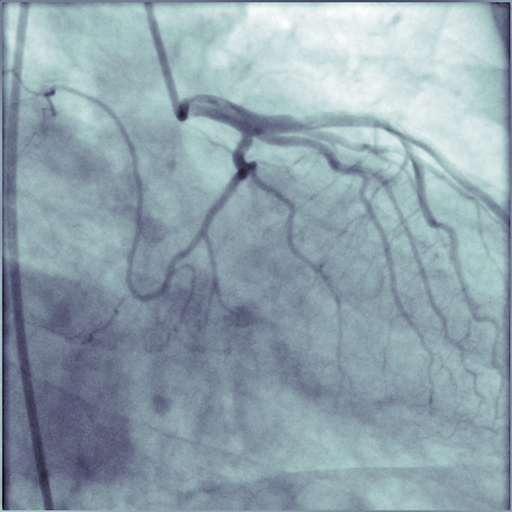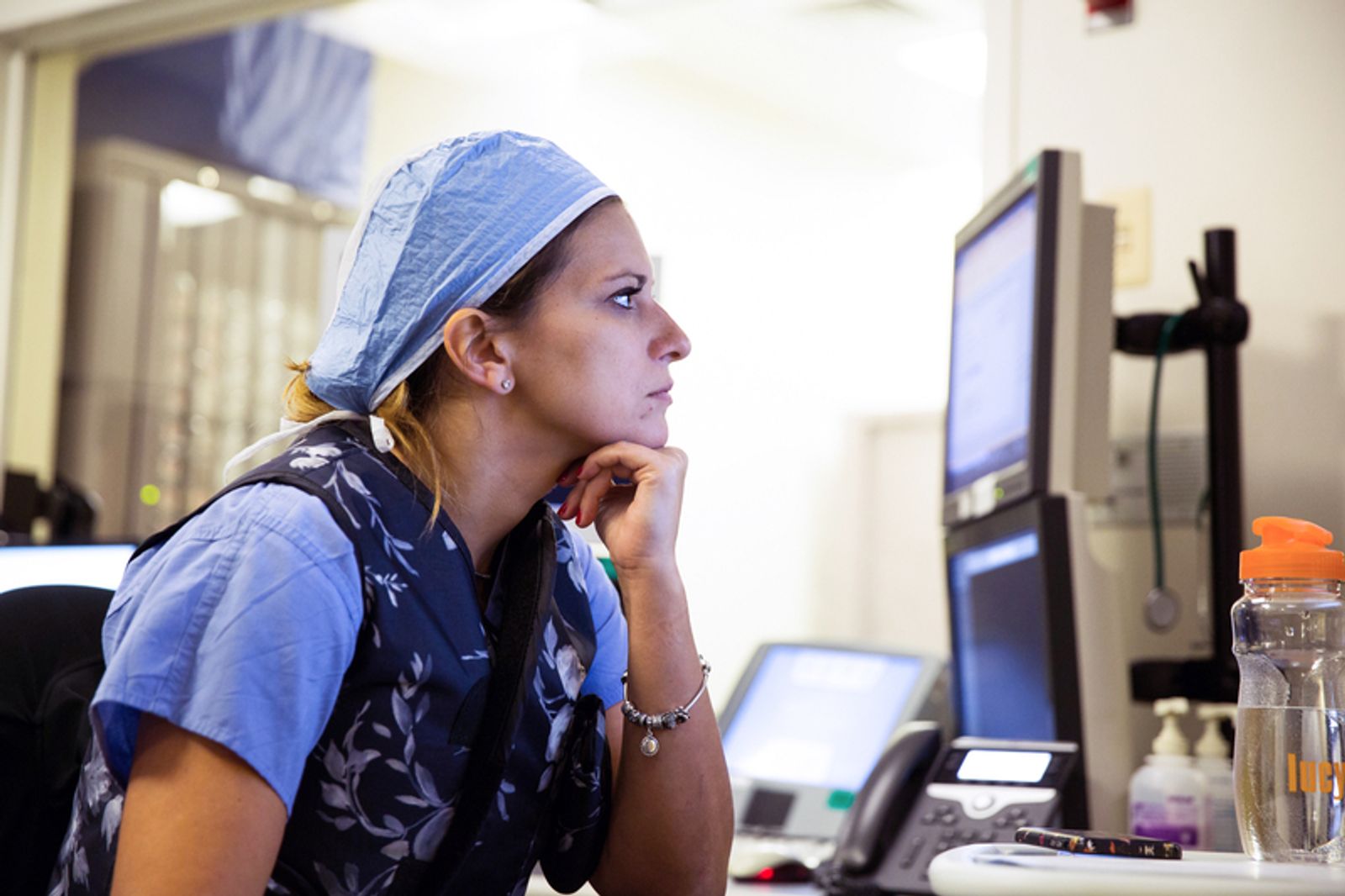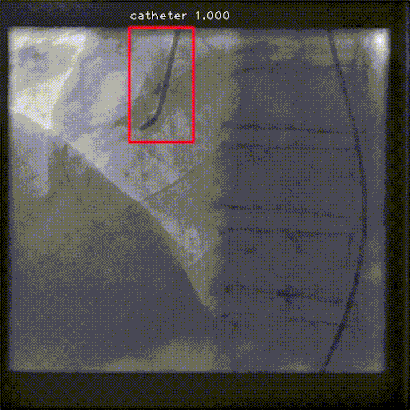Coronary heart disease (CHD) is the leading cause of adult death worldwide. The minimally-invasive procedure called coronary angiography provides the primary gateway for nearly all CHD diagnosis and clinical management decisions, as well as stent-based therapy for CHD. Our work demonstrates that AI-based, fully-automated interpretation of real-world coronary angiograms can accurately estimate the severity of coronary artery narrowing, also known as "stenosis."
What is CathAI?
We developed CathAI—a pipeline of multiple deep neural network algorithms—to accomplish automated interpretation of coronary angiograms. To automate this, we developed a pipeline of various algorithms. Angiograms flow from one algorithm to the next, each performing a specific task. These tasks include classifying the angiographic projection angle, identifying the primary anatomic structure, localizing objects like artery segments and stenoses, and estimating the severity of coronary stenosis.


How Does It Work?
CHD results from atherosclerotic (cholesterol-filled) plaque buildup in the coronary arteries that supply blood to the heart muscle. The current standard-of-care is for physicians to visually interpret these angiograms.

Benefits of CathAI
A more standardized, reproducible approach to angiogram interpretation is of critical clinical importance. To automate this, we developed CathAI, a pipeline of multiple deep neural network algorithms. These algorithms work in sequence to accomplish the tasks required for automated coronary stenosis assessment. Two expert physician adjudicators independently interpreted the severity of coronary artery stenosis. Compared to these expert estimates, CathAI achieved a strong performance, supporting its clinical relevance.

Technology Behind CathAI
We assembled a dataset of approximately 200,000 angiogram videos from around 12,000 distinct individuals to develop and validate CathAI. The algorithms in CathAI have demonstrated high predictive value, sensitivity, and F1 scores in identifying various aspects, such as the overall projection angle and the primary coronary artery. CathAI has shown strong performance in identifying clinically significant "obstructive" coronary artery stenosis.

Conclusion
This work demonstrates that multiple purpose-built neural networks can function in sequence to accomplish the complex tasks required for automated analysis of real-world angiograms. CathAI achieves state-of-the-art results and operates within seconds on commonly available GPU hardware. This enables real-time analysis during the angiogram procedure itself, thereby assisting physicians in their interpretations.